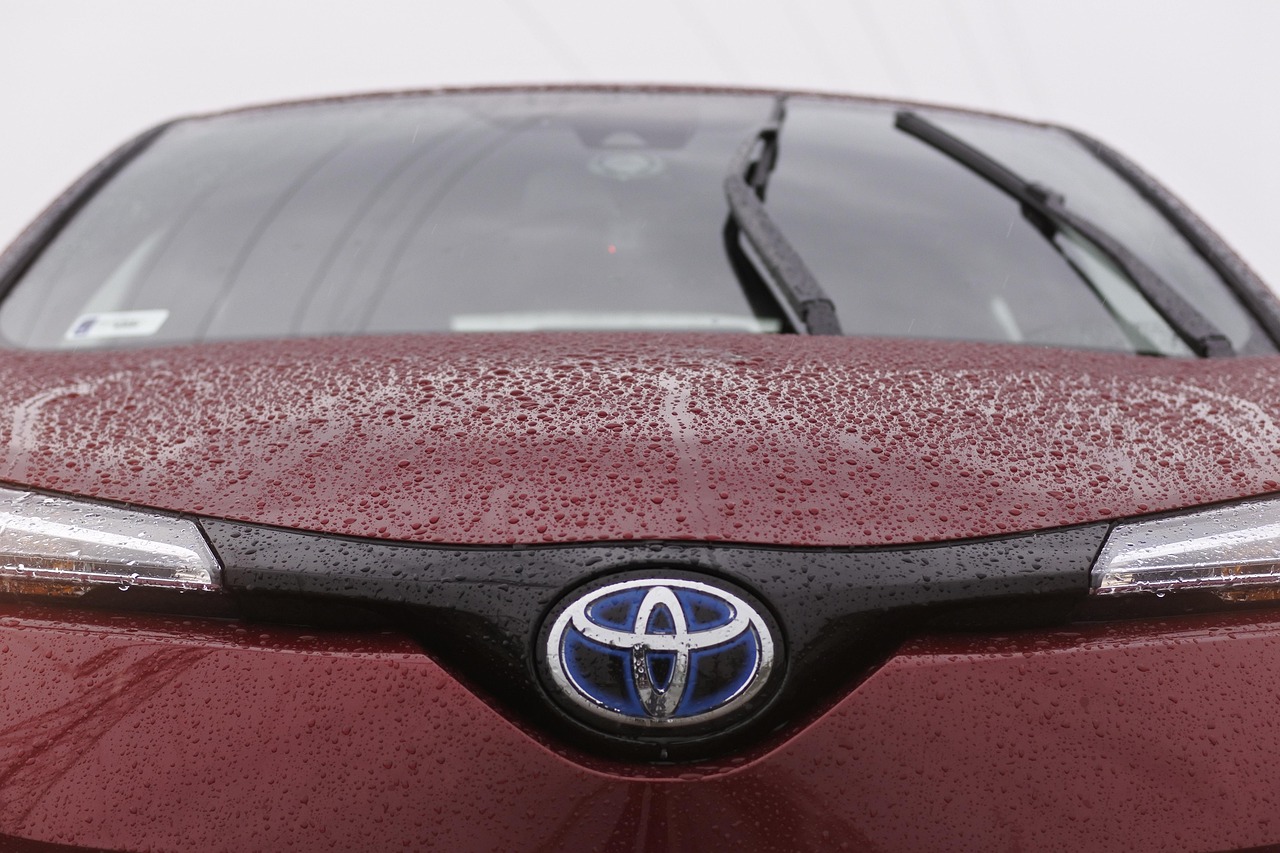Toyota, the world’s largest automaker by sales, has projected a 35% profit decline for 2025, a stark warning issued on June 11, 2025, as U.S. tariffs and supply chain disruptions take their toll.
The 25% U.S. tariff on imported vehicles and parts, implemented in early June, is a major driver, significantly increasing costs for Toyota’s U.S.-bound models. As the U.S. accounts for nearly a third of Toyota’s global sales, the financial impact is substantial, threatening its position as an industry leader.
The tariffs compound existing challenges, including volatile steel and aluminum prices and China’s restrictions on rare earth exports.
Toyota is responding by accelerating plans to expand U.S.-based manufacturing, with a $2 billion investment in its Kentucky plant to produce electric vehicles (EVs). However, these efforts will take years to fully offset the tariff burden.
The company is also exploring alternative suppliers for critical materials to reduce reliance on Chinese rare earths, a move mirrored by competitors like Volkswagen and GM.
For consumers, the tariffs may lead to higher vehicle prices, particularly for popular models like the Camry and RAV4. Toyota’s leadership has called for urgent trade negotiations to mitigate the economic fallout, but analysts remain cautious about a quick resolution.
With Japan’s economy at risk of recession, Toyota’s ability to navigate these challenges will be critical. The company’s focus on hybrid and EV innovation may offer a path forward, but the road ahead is fraught with uncertainty.






